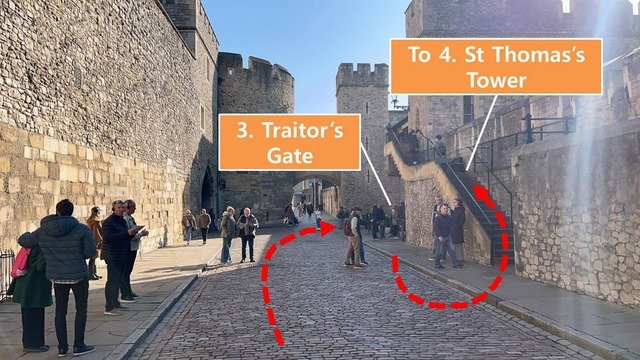
Audio Guide Script
Royal Mint was once bustling with the activity of coin production. The Royal Mint operated within the Tower of London for over 500 years, from about 1279 until 1812. Imagine the clanging of metal and the hum of activity as coins were struck here, shaping the financial backbone of England.
In 1279, the mint moved to a purpose-built 400-foot-long facility between the inner and outer walls of the Tower. This move centralized coin production in England, making the Tower Mint the primary location for creating the nation’s currency.
During its time here, the Royal Mint witnessed significant technological advancements. In the 16th century, influenced by the Renaissance, coin designs began featuring realistic portraits of monarchs rather than conventional images. This shift marked a new era in coin artistry and craftsmanship.
One of the most intriguing periods was in the late 17th century. In 1696, the Royal Mint undertook a massive project to re-coin all the old silver in circulation throughout Great Britain. This enormous task led to the establishment of branch mints in other cities, each identified by a unique mint mark on their coins.
The Royal Mint’s presence here also attracted notable figures. Sir Isaac Newton, renowned scientist and mathematician, worked here as Warden of the Mint from 1696 and later as Master of the Mint until his death in 1727.
Isaac Newton faced off against notorious counterfeiter William Chaloner. Chaloner publicly accused Newton of incompetence, prompting Newton to launch a thorough investigation. Utilizing informants and gathering evidence, Newton ultimately secured Chaloner’s conviction. Despite Chaloner’s attempts to bribe witnesses and evade justice, he was found guilty of high treason and executed in 1699.
As we conclude our visit to the Royal Mint, consider the countless coins that were minted here, passing through the hands of monarchs, merchants, and common folk alike. Each coin tells a story of Britain’s economic history, forged right here within the walls of the Tower of London.
This often-overlooked site is rich in history and can be explored in a short time. The Royal Mint, where Sir Isaac Newton once worked, is a fascinating stop on our tour.

We return to the fork in front of Byward Tower, and before going up the stairs to St. Thomas’s Tower, let’s briefly drop by Traitors’ Gate.
